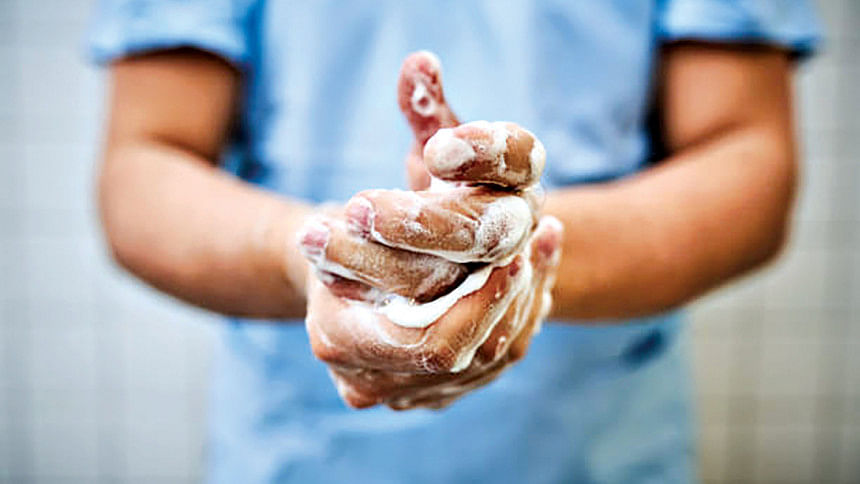Hand hygiene now Protect patients, protect the planet

World Hand Hygiene Day is observed every year on 5 May. In 2025, the World Health Organisation (WHO) commemorated 17 years of the global "SAVE LIVES: Clean Your Hands" campaign, which underscores the crucial role of hand hygiene in infection prevention and control (IPC). This year's campaign coincided with growing global momentum for implementing the WHO Global Action Plan and Monitoring Framework on IPC, supported by a new implementation guide. The latest WHO IPC global report highlights the continuing need for countries to strengthen IPC systems to improve patient safety and care quality.
A key milestone in the global IPC plan is to establish hand hygiene compliance monitoring and feedback as a national indicator, at least in all reference hospitals, by 2026.
The WHO Framework for Action 2024–2030 on Water, Sanitation, and Hygiene (WASH), waste, and electricity services further highlights the need for universal, safe access to these essential services as part of climate-resilient and quality health systems. This includes integrating WASH and waste management into health system planning, financing, implementation, and monitoring, which can be supported through effective IPC practices.
Given these priorities, countries and health care facilities are urged to continue focusing on optimal hand hygiene (using the appropriate technique and the WHO 5 Moments) and appropriate glove use. This effort should be supported by IPC practitioners as part of structured IPC teams and programmes.
Key message 1: Medical gloves are essential tools in health care and are defined as disposable gloves used during medical procedures. However, gloves can become contaminated just like bare hands and do not offer 100% protection. Therefore, gloves should be removed—such as after touching a patient—and hand hygiene should be performed immediately according to the WHO 5 Moments for Hand Hygiene.
Key message 2: Regardless of whether gloves are worn, hand hygiene performed at the right times and in the correct manner remains one of the most important actions to protect both patients and health workers. By 2026, hand hygiene compliance monitoring and feedback should be established as a key national indicator, at the very least in all reference hospitals. Currently, 68% of countries are reporting such activities, indicating progress but also room for improvement.
Key message 3: Excessive glove use significantly increases health care waste. Appropriate glove use and hand hygiene can help reduce this burden. Using gloves when not indicated wastes resources and does not necessarily prevent the spread of infection. For example, an average university hospital generates around 1,634 tonnes of health care waste annually, a figure that is increasing by 2–3% each year, especially since the COVID-19 pandemic. Higher-income countries contribute more significantly to this waste.
By emphasising appropriate glove use and reinforcing hand hygiene, WHO's 2025 campaign links patient safety, environmental sustainability, and health system resilience.
Source: World Health Organisation

 For all latest news, follow The Daily Star's Google News channel.
For all latest news, follow The Daily Star's Google News channel. 



Comments